Nori Monkey Adiponectin ELISA Kit
$508.00 – $916.00
This ELISA kit is for quantification of APM1 in monkey. This is a quick ELISA assay that reduces time to 50% compared to the conventional method, and the entire assay only takes 3 hours. This assay employs the quantitative sandwich enzyme immunoassay technique and uses biotin-streptavidin chemistry to improve the performance of the assays. An antibody specific for APM1 has been pre-coated onto a microplate. Standards and samples are pipetted into the wells and any APM1 present is bound by the immobilized antibody. After washing away any unbound substances, a detection antibody specific for APM1 is added to the wells. Following wash to remove any unbound antibody reagent, a detection reagent is added. After intensive wash a substrate solution is added to the wells and color develops in proportion to the amount of APM1 bound in the initial step. The color development is stopped, and the intensity of the color is measured.
Alternative names for adiponectin: GBP-28, apM1, AdipoQ and Acrp30
This product is for Laboratory Research Use Only not for diagnostic and therapeutic purposes or any other purposes.
- Description
- How Elisa Works
- Product Citation (0)
- Reviews (0)
Description
Nori Monkey Adiponectin ELISA Kit Summary
Alternative names for adiponectin: GBP-28, apM1, AdipoQ and Acrp30
Alternative names for monkey: Rhesus macaque, Cynomolgus macaque, Baboons,
| Assay Type | Solid Phase Sandwich ELISA |
| Format | 96-well Microplate or 96-Well Strip Microplate |
| Method of Detection | Colorimetric |
| Number of Targets Detected | 1 |
| Target Antigen Accession Number | A0A2K5X7X6 |
| Assay Length | 3 hours |
| Quantitative/Semiquantitative | Quantitative |
| Sample Type | Plasma, Serum, Cell Culture, Urine, Cell/Tissue Lysates, Synovial Fluid, BAL, |
| Recommended Sample Dilution (Plasma/Serum) | No dilution for sample <ULOQ; sufficient dilution for samples >ULOQ |
| Sensitivity | 7 pg/mL |
| Detection Range | 37.5-2400 pg/mL |
| Specificity | Monkey Adiponectin |
| Cross-Reactivity | < 0.5% cross-reactivity observed with available related molecules, < 50% cross-species reactivity observed with species tested. |
| Interference | No significant interference observed with available related molecules |
| Storage/Stability | 4 ºC for up to 6 months |
| Usage | For Laboratory Research Use Only. Not for diagnostic or therapeutic use. |
| Additional Notes | The kit allows for use in multiple experiments. |
Standard Curve
Kit Components
1. Pre-coated 96-well Microplate
2. Biotinylated Detection Antibody
3. Streptavidin-HRP Conjugate
4. Lyophilized Standards
5. TMB One-Step Substrate
6. Stop Solution
7. 20 x PBS
8. Assay Buffer
Other Materials Required but not Provided:
1. Microplate Reader capable of measuring absorption at 450 nm
2. Log-log graph paper or computer and software for ELISA data analysis
3. Precision pipettes (1-1000 µl)
4. Multi-channel pipettes (300 µl)
5. Distilled or deionized water
Protocol Outline
1. Prepare all reagents, samples and standards as instructed in the datasheet.
2. Add 100 µl of Standard or samples to each well and incubate 1 h at RT.
3. Add 100 µl of Working Detection Antibody to each well and incubate 1 h at RT.
4. Add 100 µl of Working Streptavidin-HRP to each well and incubate 20 min at RT.
5. Add 100 µl of Substrate to each well and incubate 5-30 min at RT.
6. Add 50 µl of Stop Solution to each well and read at 450 nm immediately.
Background:
Adiponectin (also referred to as GBP-28, apM1, AdipoQ and Acrp30) is a protein hormone which in humans is encoded by the ADIPOQ gene.[1] It is involved in regulating glucose levels as well as fatty acid breakdown. Adiponectin is a 244-amino-acid-long polypeptide. There are four distinct regions of adiponectin. The first is a short signal sequence that targets the hormone for secretion outside the cell; next is a short region that varies between species; the third is a 65-amino acid region with similarity to collagenous proteins; the last is a globular domain. Adiponectin modulates a number of metabolic processes, including glucose regulation and fatty acid oxidation.[2] Adiponectin is exclusively secreted from adipose tissue (and also from the placenta in pregnancy[3]) into the bloodstream and is very abundant in plasma relative to many hormones. Levels of the hormone are inversely correlated with body fat percentage in adults.[3] The hormone plays a role in the suppression of the metabolic derangements that may result in type 2 diabetes,[3] obesity, atherosclerosis,[2] non-alcoholic fatty liver disease (NAFLD) and an independent risk factor for metabolic syndrome.[4] Adiponectin in combination with leptin has been shown to completely reverse insulin resistance in mice.[5]
Adiponectin is secreted into the bloodstream where it accounts for approximately 0.01% of all plasma protein at around 5-10 μg/mL. Levels of adiponectin are reduced in diabetics compared to non-diabetics. Weight reduction significantly increases circulating levels.[6] Recent studies showed that the high-molecular weight form may be the most biologically active form regarding glucose homeostasis.[7] High-molecular-weight adiponectin was further found to be associated with a lower risk of diabetes with similar magnitude of association as total adiponectin.[8] However, coronary artery disease has been found to be positively associated with high molecular weight adiponectin, but not with low molecular weight adiponectin.[9] Adiponectin exerts some of its weight reduction effects via the brain. This is similar to the action of leptin,[10] but the two hormones perform complementary actions, and can have synergistic effects.
References
- Maeda K, et al. 1996. Biochem. Biophys. Res. Commun. 221 (2): 286–9.
- Díez JJ, Iglesias P 2003. Eur. J. Endocrinol. 148 (3): 293–300.
- Chen J, et al. 2006. Diabetalogica 49 (6): 1292–302.
- Ukkola O, Santaniemi M 2002. J. Mol. Med. 80 (11): 696–702.
- Renaldi O, et al. 2009. Acta Med Indones 41 (1): 20–4.
- Coppola A, et al. 2008. Int. J. Cardiol. 134 (3): 414–6.
- Oh DK, et al. Adiponectin in health and disease. Diabetes Obes Metab 2007:9:282–289.
- Zhu N, et al. 2010. J. Clin. Endocrinol. Metab. 95 (11): 5097–104.
- Rizza S, et al. 2010). JOURNAL OF THE AMERICAN GERIATRIC SOCIETY 58 (4): 702–706.
- Nedvídková J, et al. 2005. Physiol Res 54 (2): 133–40.
Be the first to review “Nori Monkey Adiponectin ELISA Kit”
You must be logged in to post a review.


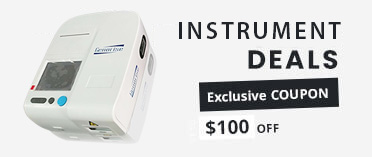
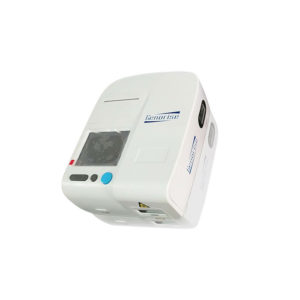
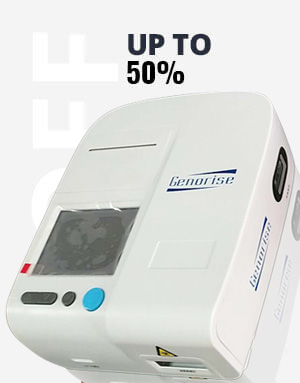


















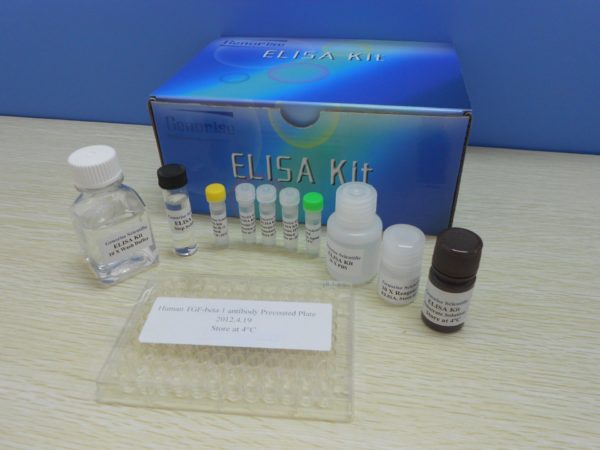
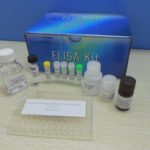
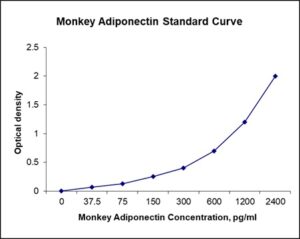
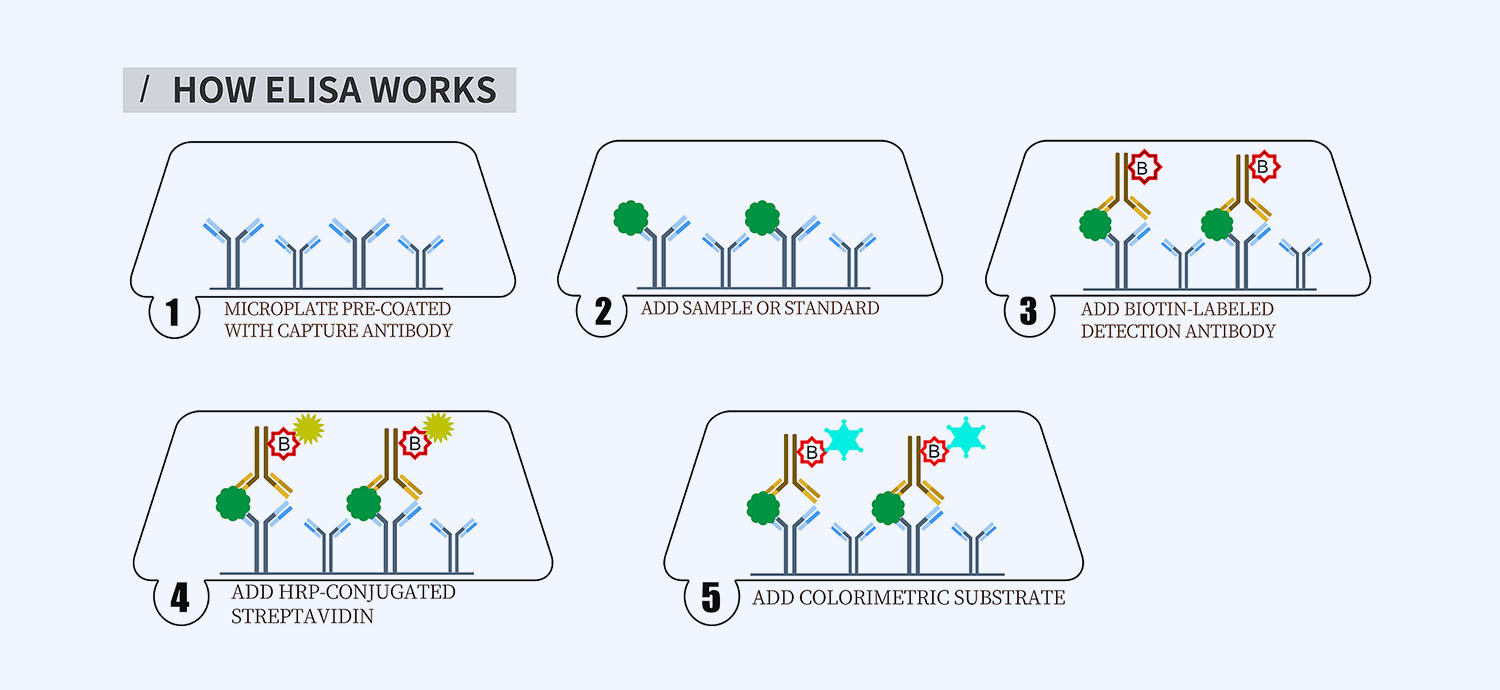
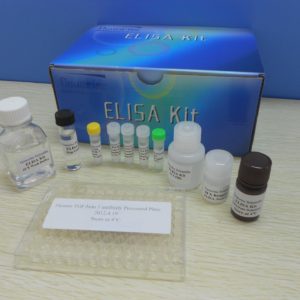

Reviews
There are no reviews yet.